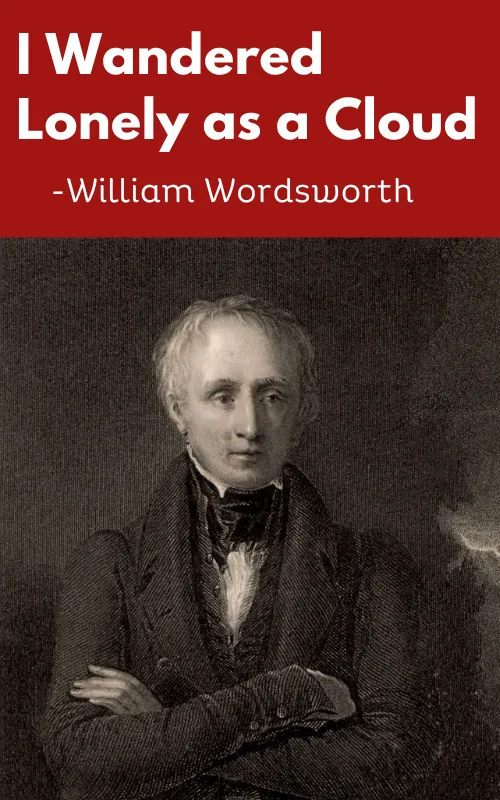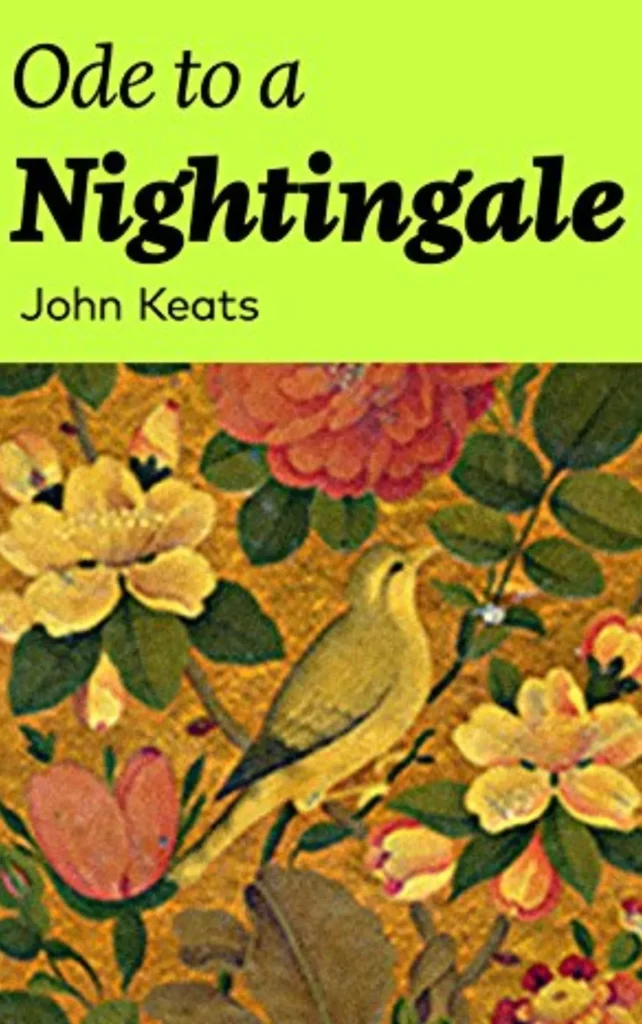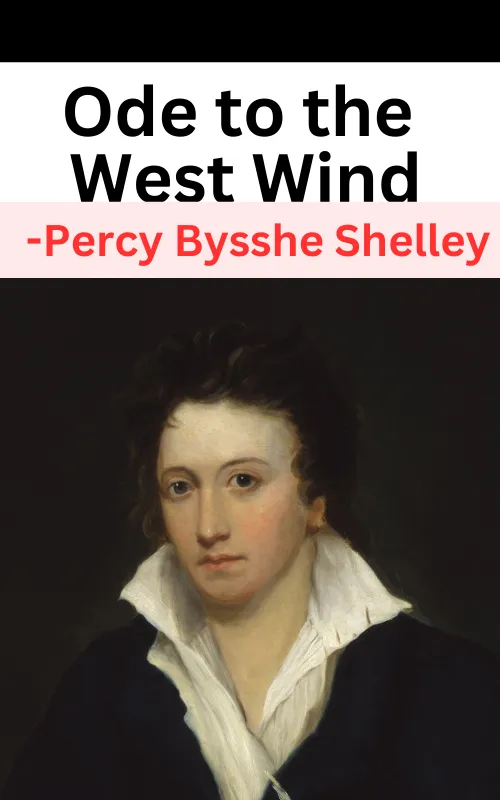About the Poem “I Wandered Lonely as a Cloud“
| Poem Title | I Wandered Lonely as a Cloud |
| Author | William Wordsworth |
| Publication Year | 1807 |
| Genre | Lyric poem |
| Theme | Nature, Beauty, Solitude |
| Setting | A meadow beside a lake in the Lake District, England |
| Form | 4 six-line stanzas |
| Rhyme Scheme | ABABCC |
| Speaker | The poet |
| Symbolism | Daffodils as symbols of beauty, joy, and the power of nature to inspire and uplift |
Themes of I Wandered Lonely as a Cloud
the themes of the poem “I Wandered Lonely as a Cloud” by William Wordsworth are:
- Nature’s Beauty ➤ The poem celebrates the beauty of nature, especially the sight of golden daffodils, and how it can bring joy.
- Solitude and Inspiration ➤ It explores the idea that even in moments of loneliness, the memory of nature’s beauty can inspire and uplift the human spirit.
- The Power of Imagination ➤ The poem suggests that the memory of a beautiful scene can stay with a person and bring happiness, showing the power of imagination and memory.
- Connection to Nature ➤ It highlights the poet’s deep connection to nature and how nature can provide solace and comfort.
“I Wandered Lonely as a Cloud” Poem by William Wordsworth
I wandered lonely as a cloud
That floats on high o’er vales and hills,
When all at once I saw a crowd,
A host, of golden daffodils;
Beside the lake, beneath the trees,
Fluttering and dancing in the breeze.
Continuous as the stars that shine
And twinkle on the milky way,
They stretched in never-ending line
Along the margin of a bay:
Ten thousand saw I at a glance,
Tossing their heads in sprightly dance.
The waves beside them danced; but they
Out-did the sparkling waves in glee:
A poet could not but be gay,
In such a jocund company:
I gazed—and gazed—but little thought
What wealth the show to me had brought:
For oft, when on my couch I lie
In vacant or in pensive mood,
They flash upon that inward eye
Which is the bliss of solitude;
And then my heart with pleasure fills,
And dances with the daffodils.
I Wandered Lonely as a Cloud Summary & Analysis
William Wordsworth’s “I Wandered Lonely as a Cloud” is one of the most famous poems in the English language. It is a simple poem about the poet’s encounter with a field of daffodils, but it is also a profound meditation on the power of nature to bring joy and comfort to the human spirit. The poem is divided into four stanzas.
Stanza 1
The speaker of the poem, William Wordsworth himself, compares himself to a lonely cloud wandering through the sky. He describes himself as feeling lost and without purpose.
Stanza 2
Suddenly, the speaker sees a field of daffodils beside a lake. The flowers are so numerous and bright that they seem to be dancing and fluttering in the breeze. The speaker is overwhelmed by the beauty of the scene, and he feels his loneliness begin to melt away.
Stanza 3
The speaker compares the daffodils to stars in the Milky Way galaxy. He describes them as being so numerous that they stretch on forever, along the shore of the lake. The speaker is amazed by the sight of so many flowers in one place, and he feels a sense of awe and wonder.
Stanza 4
The speaker reflects on the memory of the daffodils. He says that even when he is lying on his couch in a vacant or thoughtful mood, the image of the daffodils flashes into his mind. The memory of the flowers fills him with joy and pleasure, and it makes him feel happy and alive.
FAQs from I Wandered Lonely as a Cloud
What is the main message of the daffodils poem?
The main message of the daffodils poem is thta nature’s beauty can bring joy and comfort, even in times of sadness.
What does daffodils represent in the poem?
Daffodils represent nature’s beauty and joy.
What idea does the speaker convey when he compares the daffodils with stars?
The speaker conveys the idea that the daffodils are beautiful and abundant, like stars in the night sky.
Why does the speaker want the daffodils to stay?
The speaker wants the daffodils to stay because they bring him joy and comfort, even when he is feeling lonely.
What two things does the poet compare the clouds to?
The poet compares the clouds to a host of golden daffodils and to stars.
What makes the poet cry and feel sad about the daffodils?
The poet is moved to tears by the daffodils’ beauty and abundance, which contrast with his own loneliness.
Why does the poet feel happy when he remembers the sight of the daffodils?
The poet feels happy when he remembers the daffodils because their beauty makes him cheerful.
What is the conclusion of the poem?
The conclusion of the poem is that the beauty of nature can bring joy and comfort to the human spirit.











